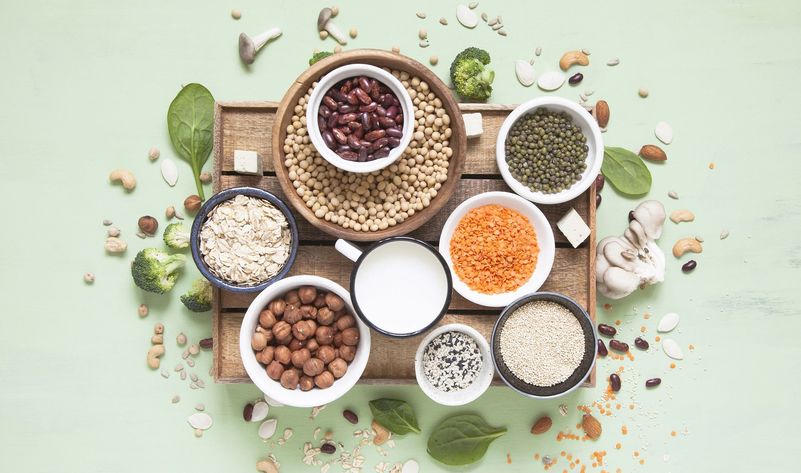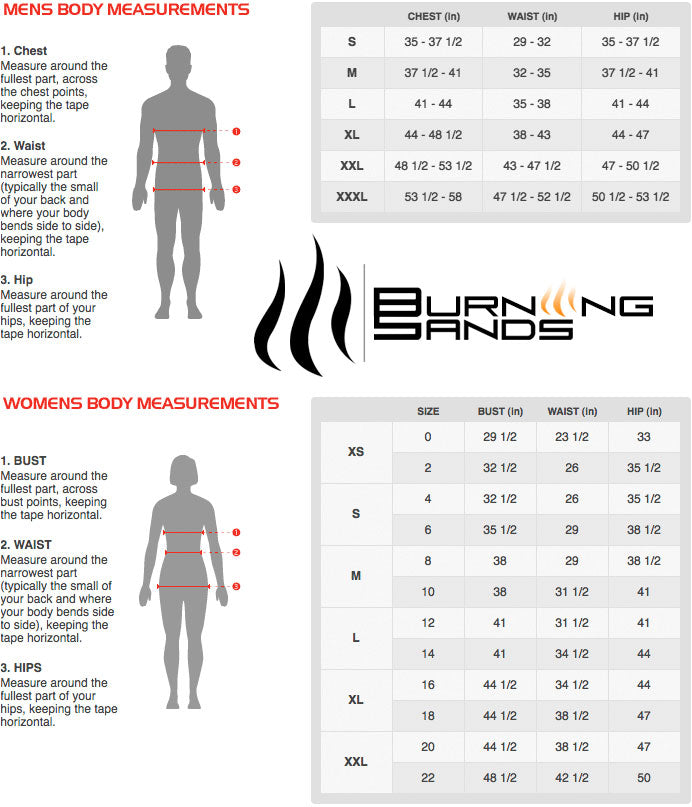The Guide to Plant Based Proteins
Posted by CHANELL ROSE

Maybe you got a smart pet and decided you had to go vegan. Maybe you’re cutting back on eating beef to lighten your environmental footprint. Whatever the reason, when you reduce meat in your diet, getting enough plant-based protein becomes important.
Why? Every meal should include protein since it contributes to satiety (AKA prevents overeating), provides energy, and helps maintain and build muscle (especially if you’re a gym junkie).
The good news: Our food supply is now filled with plant-based protein sources. Hemp and chia seedsweren’t sitting on grocery store shelves five years ago; neither were high-quality vegan protein powders. We can now meet our needs without burgers or wings.
How to do that in the healthiest way possible? Here’s everything you need to know about plant-based protein.
The Myth of the Complete Protein
First of all, it’s important to know that it’s a (very widespread!) myth that you need to eat beans and rice together on one plate to form complete proteins (which contain all essential amino acids), like those found in meat.
Frances Moore Lappe proposed the theory of “protein complementing” in a book she published in the 70s. In later editions, she corrected the mistake to reflect the prevailing scientific position: as long as individuals are eating enough calories of varied plant-based food, they’ll almost always get all essential amino acids and meet daily protein requirements. In other words, yes, rice and beans are complementary, but you don’t have to mix them together during the same meal in order to benefit from the protein each offers on its own.
Plus, most Americans are eating more protein than they need, so it is rare to be deficient (although it’s much easier without meat!).
Whole Food Plant-Based Protein Sources
If you’re eating lots of different vegetables, fruits, and whole grains, you may already be getting more protein than you realize. Most veggies contain at least a few grams, for example, from broccoli to spinach and potatoes. But the following whole foods contain some of the highest amounts of plant-based protein:
Ancient grains like quinoa, farro, and amaranth all provide 8–9 grams of protein per cup (cooked) and are filled with fiber, vitamins, minerals, and antioxidants.
Legumes like lentils, black beans, and chickpeas provide many of the same important nutrients, like antioxidants, and deliver even more protein, with about 15–18 grams per serving.
Nuts like almonds, walnuts, and cashews are protein stars, too, and they contain healthy fats. That includes the nut butters you love, like almond and peanut. Just watch your serving sizes as calories can add up fast. And chia and hemp seeds are packed with protein (and many other beneficial nutrients) and can literally be sprinkled on anything—from avocado toast to zucchini noodles.
Plant-Based Meat Substitutes
In general, it’s best to stay away from faux meat, but not all options are awful.
When it comes to soy, avoid faux meats made with highly processed versions, like soy concentrates and textured soy. And choose USDA-certified organic if you can, since soy is one of the most pesticide-soaked crops on the planet. All that being said, a block of organic tofu added to a stir fry instead of chicken is a great source of protein. Even better, try tempeh, which is a fermented version with probiotic benefits.
Seitan, on the other hand, is best avoided, since it’s basically concentrated wheat protein and is usually highly processed.
Finally, when it comes to veggie burgers, read labels carefully, since many are filled with processed soy and other potentially harmful additives. Look for products that list whole vegetables, beans, and other recognizable foods as ingredients. Better yet, make your own!
Plant-Based Protein Powders
Finally, if you feel like you’re not getting enough protein, you can always boost your smoothie with a plant-based protein powder. This is a particularly helpful option if you love intense workouts and want to retain and build muscle shortly after a training session.
Skip soy protein since it tends to be super processed. Instead, reach for pea protein or hemp protein, which are both excellent, healthy plant-based protein powders.
Here’s the key: Most companies make powders that blend a mix of plant-based protein sources, combining pea or hemp, for example, with sunflower, flax, chia, or sacha inchi protein. These blends can be super healthy, you just have to pay close attention to the ingredient list to make sure they’re not also blending in preservatives, fillers, and artificial flavors.
The bottom line? If you incorporate all (or even some) of these foods into your plant-based diet on a somewhat regular basis, chances are you’ll be getting plenty of protein.




